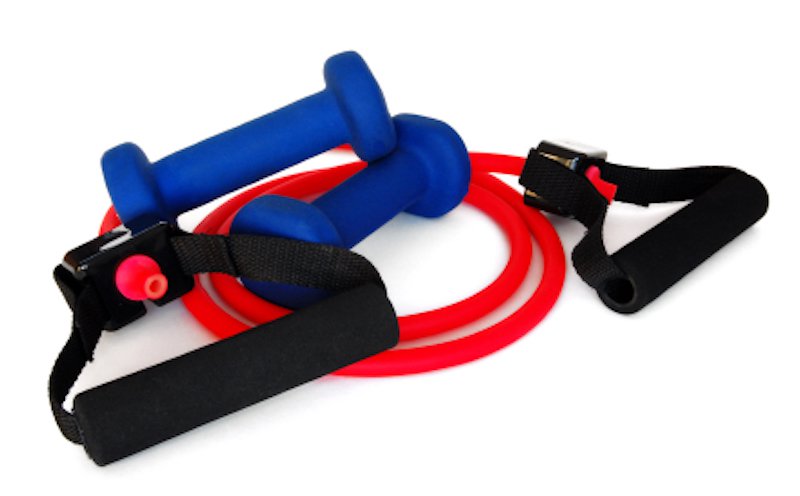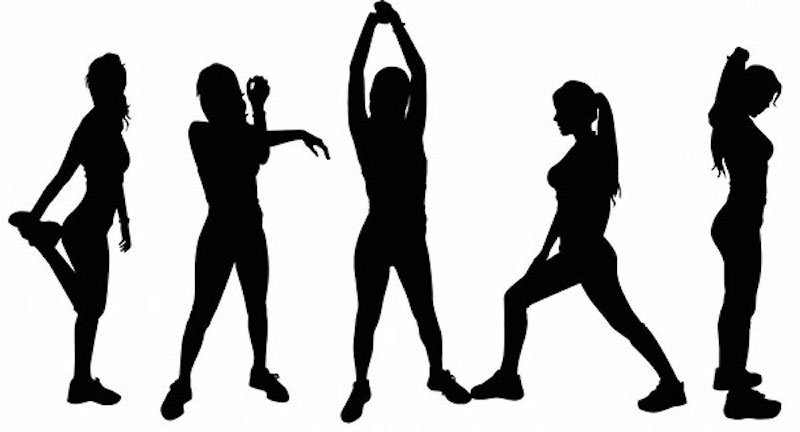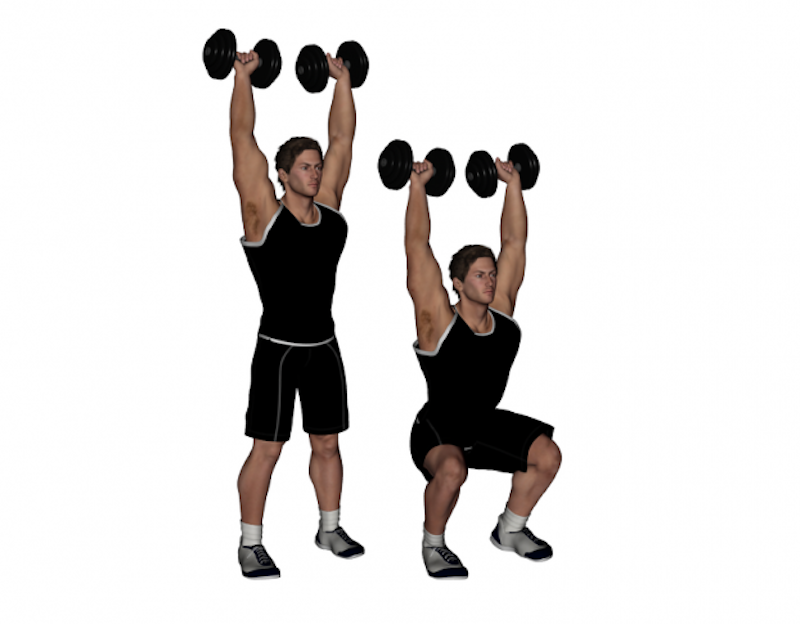Sometimes it is hard to stick to a workout routine, especially if you have responsibilities like a full time job, kids and/or a partner. Just getting to the gym can be a hassle. Therefore, more and more people have decided to start working out at home. Think about it, often you can finish your workout by the time you would have been able to make it to the gym and change into your gym clothes (which is important to have; even if you decide to workout at home it doesn’t mean that you should do so in any old sweats you have laying around). It is also important to have the proper shoes so that you have proper foot support and don’t do more damage than good.
One issue with at home workouts is ensuring to have enough space. Most routines require some movement so it is important to have enough room to do the workouts effectively which might require that you clear out that pile of stuff in your living room that you have been meaning to get to for a while. Continue to read below to read our recommendations on how to exercise at home without a lot of space and with minimal equipment.
Routine at a Glance

In order to do this workout, it is important to have enough room to lunge forwards, backwards, and sideways. It might also be helpful to find some speakers for music and to shut off the TV, which can distract you from keeping on track.
The only equipment that you will need is a set of heavier weights, a set of lighter weights, and a medium resistance theraband. If you aren’t interested in purchasing dumbbells you could instead use something you find around your house such as a jar filled with beans for lighter weights and bags of rice for heavier weights. As long as you are working out and lifting something, you will get a good workout.
Warming Up

Many people tend to skip warming up when they start a new workout routine because they feel as though it isn’t an important workout component. A warm up does just that- it warms up your body and prepares it to work both mentally and physically. The easiest form of warm up is jogging in place. A warm up should be at least five minutes long but not much more than 10. By warming up, you will find that you have increased mobility, improved circulation, and a better attitude.
Another great warm up is two rounds of the following exercises: 10 alternating side lunges, 30-seconds (or 30s) of jog on spot or high knees (lifting your knees with your core), 5 wall pushups, 10 body weight squats, and 5 shoulder presses. If you feel your muscles tensing, use a foam roller to stretch out sore muscles.
Overhead Dumbbell Squat

The first exercise of our routine is the overhead dumbbell squat. Until you know your limits, it might be helpful to try this without any weights. This exercise entails lifting your arms overhead and then putting yourself into a lower squat position. Whenever squatting, it is important to ensure that you keep your spine in a neutral position before then using your heels to bring you back to standing position.
Make sure not to overarch your back, which can cause back problems down the road. A good way of thinking about this is to think about your ribcage being “closed” and not letting your arms go past your ears. It might be helpful to do this exercise in front of a mirror at first until you get the hang of it.














